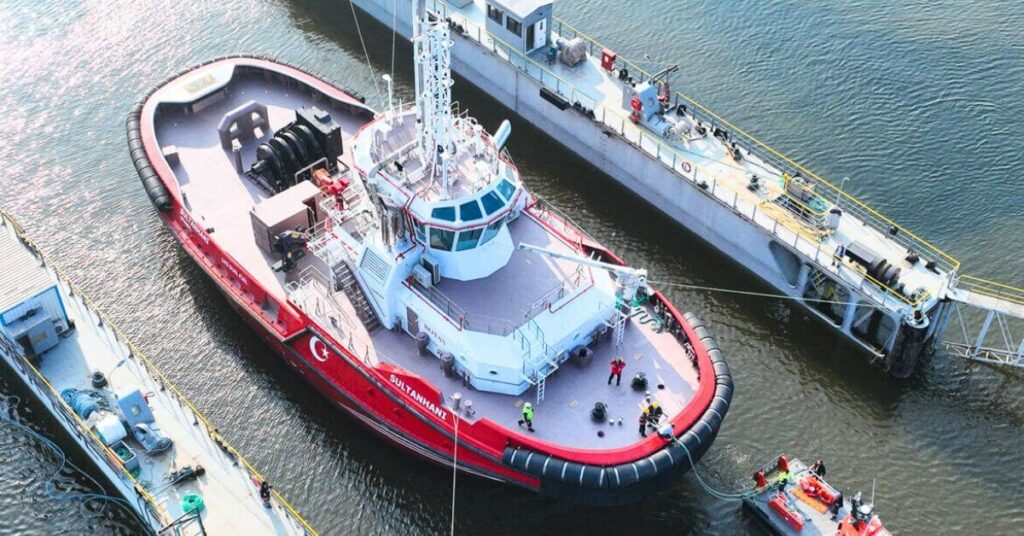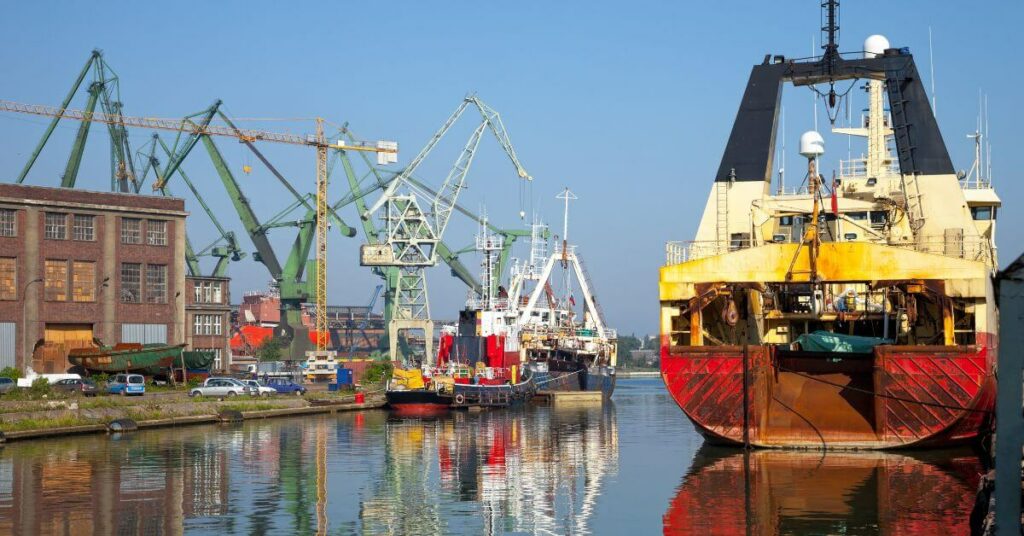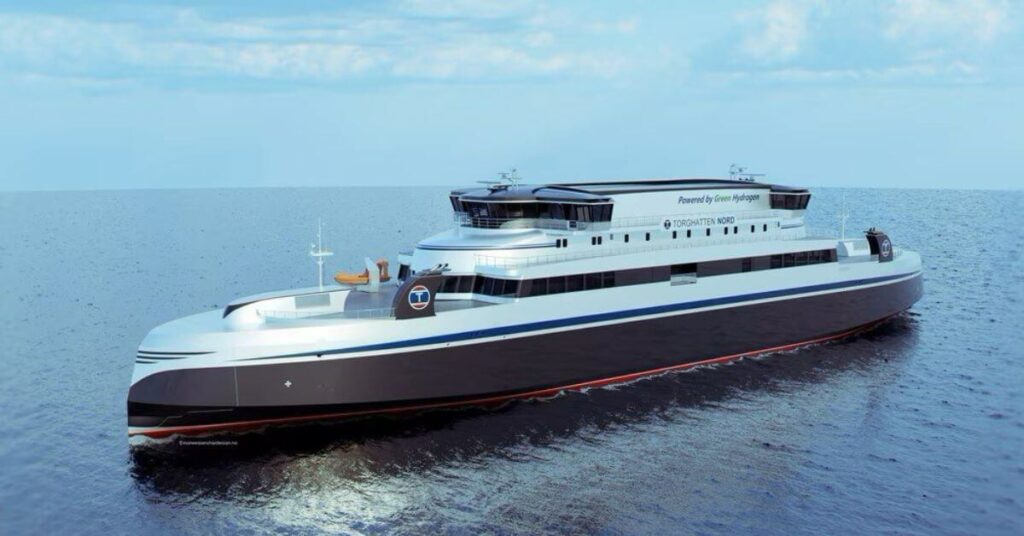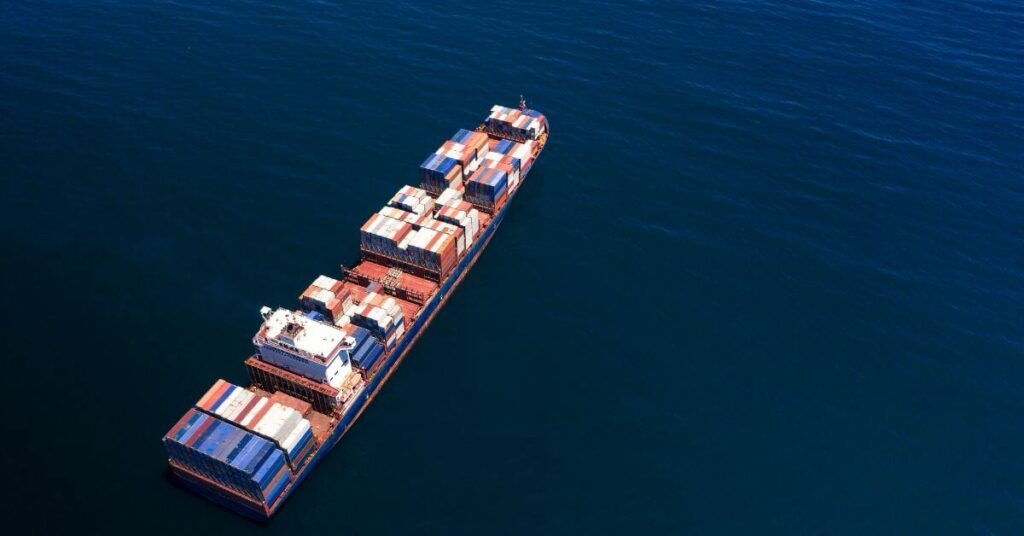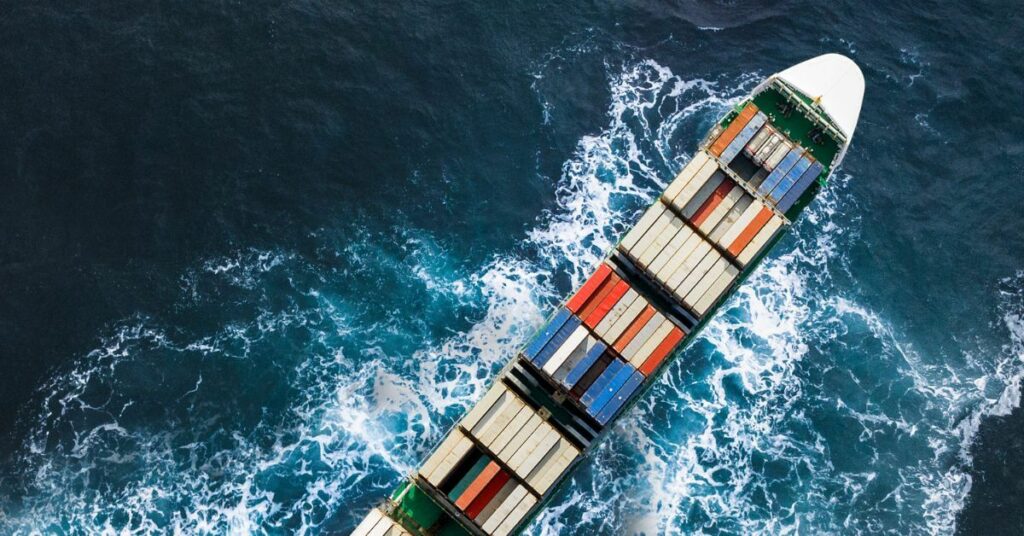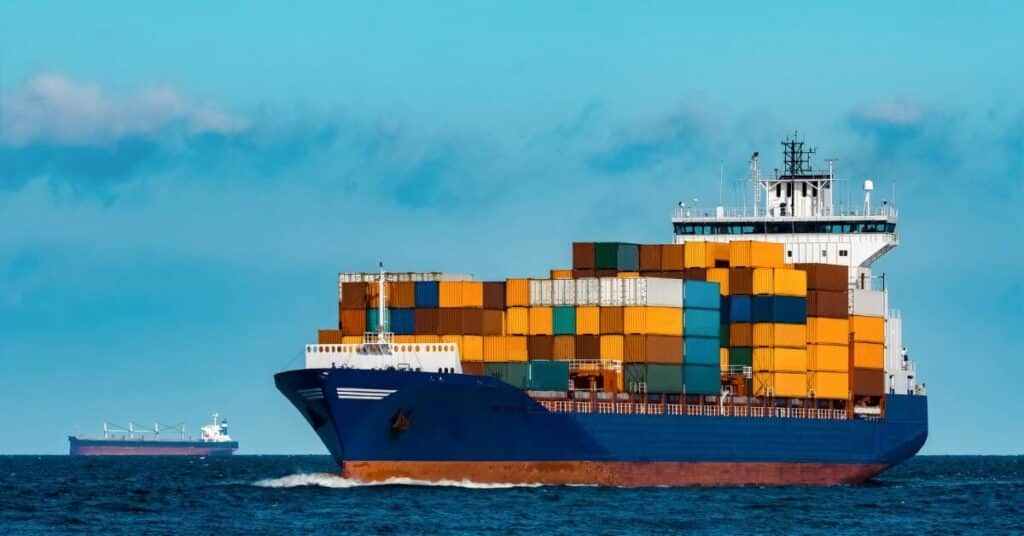Why Is Global Shipping Caught In The Doldrums?
Disruptions in the power markets associated with a global progress recession have significantly impacted the shipping trade. The container commerce that primarily caters to shopper demands besides transporting equipment is instituting “tactical cancelled sailings” in response to lower requests. Simultaneously, the tanker trade is also experiencing unusually higher contract rates.
Typically, during this time of the year, a surge in the goods from Asia’s major manufacturing hubs is observed. These match the festive season demands in America and Europe. Home Depot and Walmart charter entire vessels and cargo planes.
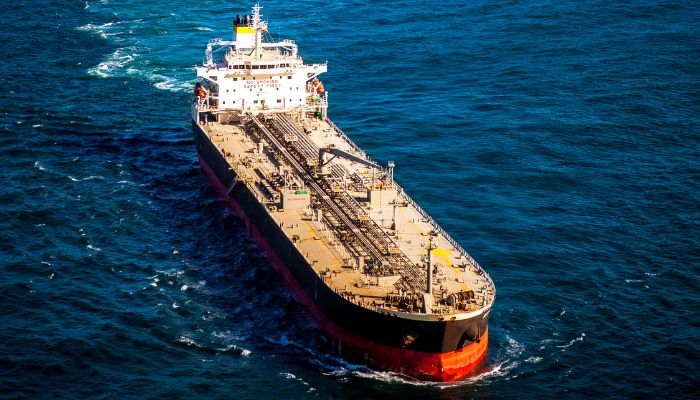
This year, however, First World retailers are struggling to shift inventory. Logistics and shipping outfits face few orders and lower rates. Drewry’s maritime research firm mentions that 117 sailings of 744 voyages in October on the Trans-Atlantic, Asia-North Europe, Trans-Pacific, and Asia-Mediterranean channels have reportedly been cancelled. FedEx adds that it is also now cutting down its cargo flights. Trade specialists believe this weak trend will continue until at least late January 2023.
The collapse is highlighted in the contracted freight rates.
The reliable Drewry’s World Container Index, which keeps track of the average cost of shipping a 40-ft container worldwide, has fallen 65% from an average of $9,865/container in 2021 (October) to $3,383 during this week. Freightage on routes like Shanghai-Rotterdam and Shanghai-Los Angeles has fallen further, by 77% and 70%, respectively. Besides, spot container rates are also down, by approximately 30%, in the past year.
The Baltic Dry Index, which keeps track of the motion of bulk commodities such as food grains, coal, and iron ore, is reduced from 58% in the ultimate 12 months.
This is one additional information level that indicates weakened demands.
However, petroleum tanker charges (product tankers and crude carriers) are sky-high, resulting from the fears of providing disruptions attributable to the Ukraine War.
Gas carriers are additionally in excessive demand. More disruptions to the power markets are expected as the EU’s sanctions on Russian crude and gasoline kick into the impact, simply as heating demands rise throughout the northern hemisphere.
VLCC (very massive crude provider) charges are at a 30-month high. The costs of LNG tankers are even higher. The VLCC contract charges have reportedly jumped from an average of $6,700 per day in 2021 to nearly $100,000 per day in October.
LNG charges are above $100,000 per day. Nearly 10% of LNG tanker capability is currently getting used for storage relatively more than transportation, as merchants top off on gasoline forward of winter in Europe, speculatively.
The economics of gasoline commerce is mindboggling at the prompt.
A cargo of LNG purchased at present US costs and bought in Germany will yield earnings equal to 70-75% of the worth of the tanker carrying that cargo.
Overall, shipping charges are well above pre-pandemic ranges (2019), coming from container shortages and port congestion. Container manufacturing has been deeply affected by Covid-19.
About 90% of the containers are manufactured in Hong Kong and Mainland China, and the trade struggles to deal with a blend of uncooked materials rolling and scarcity lockdowns.
The shipping trade encounters several issues likely to plague it by 2023.
There’s an expected oversupply of vessels, along with extensive labour shortages.
ING reportedly estimates that 14% will most likely be added to the global capability in 2023 as new vessels are introduced.
But there’s labour scarcity all through the workforce of port personnel and mariners. Approximately 15% of the worldwide maritime neighbourhood is reportedly drawn from Ukraine, Russia, and the Ukraine conflict has resulted in significant tightness.
Inflation has additionally led to calls for more excellent compensation from port employees and sailors.
Strikes and industrial impact work at ports in the US, Europe, and Korea.
Climate change has additionally had a negative effect. A low degree of river water in the US and Europe has led to clogged-up inland water methods of transport, messing up a vital portion of the whole logistics chain.
Shipping is also hyper-sensitive to commerce flows which are delicate to worldwide financial exercises. The gyrations in the tanker and freightage contract charges are signs of ill health throughout the global economic system. So are the issues associated with the labour market.
A reversion to normality in terms of shipping tendencies would indicate that the global economic system is in form; however, on the flip is going to be based on geopolitics.
References: Mint, Pehal News
Disclaimer :
The information contained in this website is for general information purposes only. While we endeavour to keep the information up to date and correct, we make no representations or warranties of any kind, express or implied, about the completeness, accuracy, reliability, suitability or availability with respect to the website or the information, products, services, or related graphics contained on the website for any purpose. Any reliance you place on such information is therefore strictly at your own risk.
In no event will we be liable for any loss or damage including without limitation, indirect or consequential loss or damage, or any loss or damage whatsoever arising from loss of data or profits arising out of, or in connection with, the use of this website.
Disclaimer :
The information contained in this website is for general information purposes only. While we endeavour to keep the information up to date and correct, we make no representations or warranties of any kind, express or implied, about the completeness, accuracy, reliability, suitability or availability with respect to the website or the information, products, services, or related graphics contained on the website for any purpose. Any reliance you place on such information is therefore strictly at your own risk.
Do you have info to share with us ? Suggest a correction
About Author
Marine Insight News Network is a premier source for up-to-date, comprehensive, and insightful coverage of the maritime industry. Dedicated to offering the latest news, trends, and analyses in shipping, marine technology, regulations, and global maritime affairs, Marine Insight News Network prides itself on delivering accurate, engaging, and relevant information.

About Author
Marine Insight News Network is a premier source for up-to-date, comprehensive, and insightful coverage of the maritime industry. Dedicated to offering the latest news, trends, and analyses in shipping, marine technology, regulations, and global maritime affairs, Marine Insight News Network prides itself on delivering accurate, engaging, and relevant information.
Latest Shipping News Articles You Would Like:
Subscribe To Our Newsletters
By subscribing, you agree to our Privacy Policy and may receive occasional deal communications; you can unsubscribe anytime.




